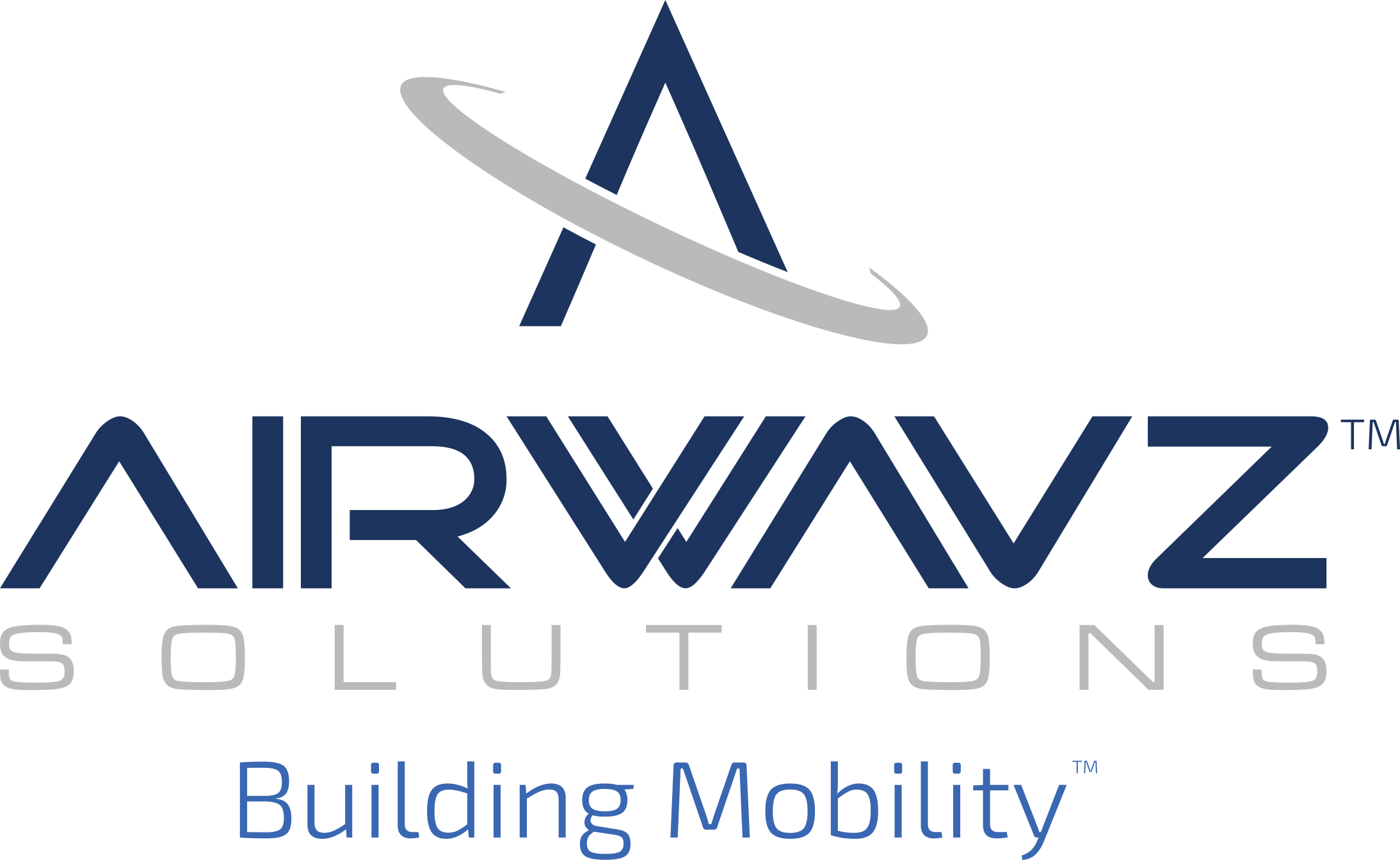Checking Up On Your Building's Wireless Health Could Reveal Its Biggest Differentiator

Landlords pride themselves on knowing everything that goes on in their buildings, but when it comes to digital connectivity, they may have blind spots.
"Owners may notice that their tenants aren't renewing leases at the rate they expect, and one reason being cited more frequently is poor cellular service and broadband within the building," said Chris Zack, executive vice president of sales and marketing at Airwavz Solutions, a firm that designs, builds and manages in-building wireless networks. "It takes them by surprise because digital connectivity is something owners often assume is being cared for within their organization."
With more commercial and residential tenants than ever reporting that they will no longer execute leases without strong cellular and broadband service, digital connectivity can be a differentiating factor in a building's success. But if owners don't assess their buildings' wireless health, they may not ever know that it needs attention.
Zack said one of Airwavz’s goals is to help building owners understand their properties’ technological health, including both wireless and wired services. Airwavz offers building owners a free technology checkup that includes an assessment of the strength and quality of the wireless signals in and around their buildings.
When Airwavz team members arrive to perform a building technology assessment, they measure the cellular signal performance from each of the major carriers, collect sample measurements on various tenant floors, throughout amenity spaces and in parking structures, seeking out problem areas.
"What landlords get in return from this process is a map of their current wireless health and an in-depth guide to the property technology systems which can increase the competitiveness of the property and potentially create revenue,” Zack said.
Frequently, the wireless assessment reveals that tenants are dealing with very poor cellular and broadband signals in their leased spaces. While reception may be strong in the lobby or out on the street, the limited signal that can penetrate buildings — especially ones with modern materials like low-emissivity glass — creates a frustrating user experience for tenants.

Often, though, the studies will reveal that service from one provider is suffering, while the signal from another provider is perfectly healthy. That information can help the Airwavz team craft a tailored building solution.
“Wireless carriers have invested the majority of resources for their customers to outdoor coverage and service levels,” Airwavz Executive Vice President of Engineering and Architecture David Herran said. “They see in-building wireless as a shared responsibility with building owners, which will only become truer as they invest in 5G networks over the coming decade.”
However, Zack noted, wireless health requires constant upkeep. While service from a single provider may be healthy now, construction and changes in a skyline can easily put a building in a reception shadow with one or more providers.
The imbalance between outdoor and indoor performance is only set to worsen as cellular carriers begin to roll out 5G networks in 2021. 5G services use high-frequency radio waves that don't penetrate building walls very well. Meanwhile, indoor Wi-Fi and cellular networks that are struggling now may buckle under the pressure of higher demand as companies eliminate traditional wired desktop phones and install Internet of Things devices like smart lighting and thermostats.
“If things are left as is, the wireless performance in your building today is about as good as it’s going to get,” Herran said. “With data use growing 40% a year and wireless carriers investing capital in 5G outside of commercial properties, that marginal wireless performance you have in your building today will only get worse.”
Commercial landlords without an in-building solution for wireless could face increasingly frustrated tenants — and falling rents — as the world switches over to 5G. In a 2019 study from iGR, a telecommunications consultancy, 45% of building managers reported that they receive complaints from tenants about the wireless service “often” or “very often.”
A recent Deloitte report found that 43% of property owners believed tenants would pay up to 10% more to rent space in a “smart building,” complete with 5G and technology-enabled amenities.
Airwavz has been sharing its data and conclusions with building managers, brokers, tenant reps and asset managers so that they can better understand their properties’ wireless health and be ready for the next era in connectivity.
“We’re always seeking new ways of supporting commercial real estate professionals in their in-building wireless journey, whether it be to prepare for 5G, support key tenants or provide the necessary wireless infrastructure needed for smart buildings,” Zack said.
Zack encouraged owners to reach out to Airwavz for a free building technology assessment. The results, he said, could be eye-opening.
This feature was produced in collaboration between the Bisnow Branded Content Studio and Airwavz Solutions. Bisnow news staff was not involved in the production of this content.

